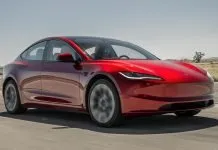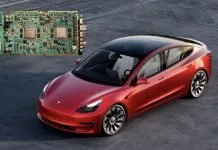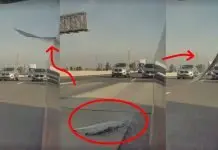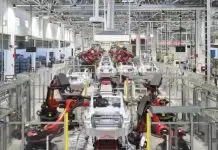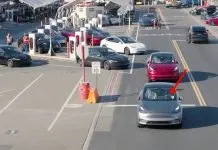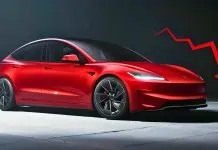Tesla’s Full Self-Driving (FSD) technology represents the leading edge of autonomous driving innovation as Tesla advances this technology in the current automotive landscape. FSD (Supervised) v13.2.6 has become the leading version due to its advanced capacity to navigate complex situations on the road. One such ability is to handle toll booths without assistance, which is now gaining intense interest from both automotive fans and technology followers.
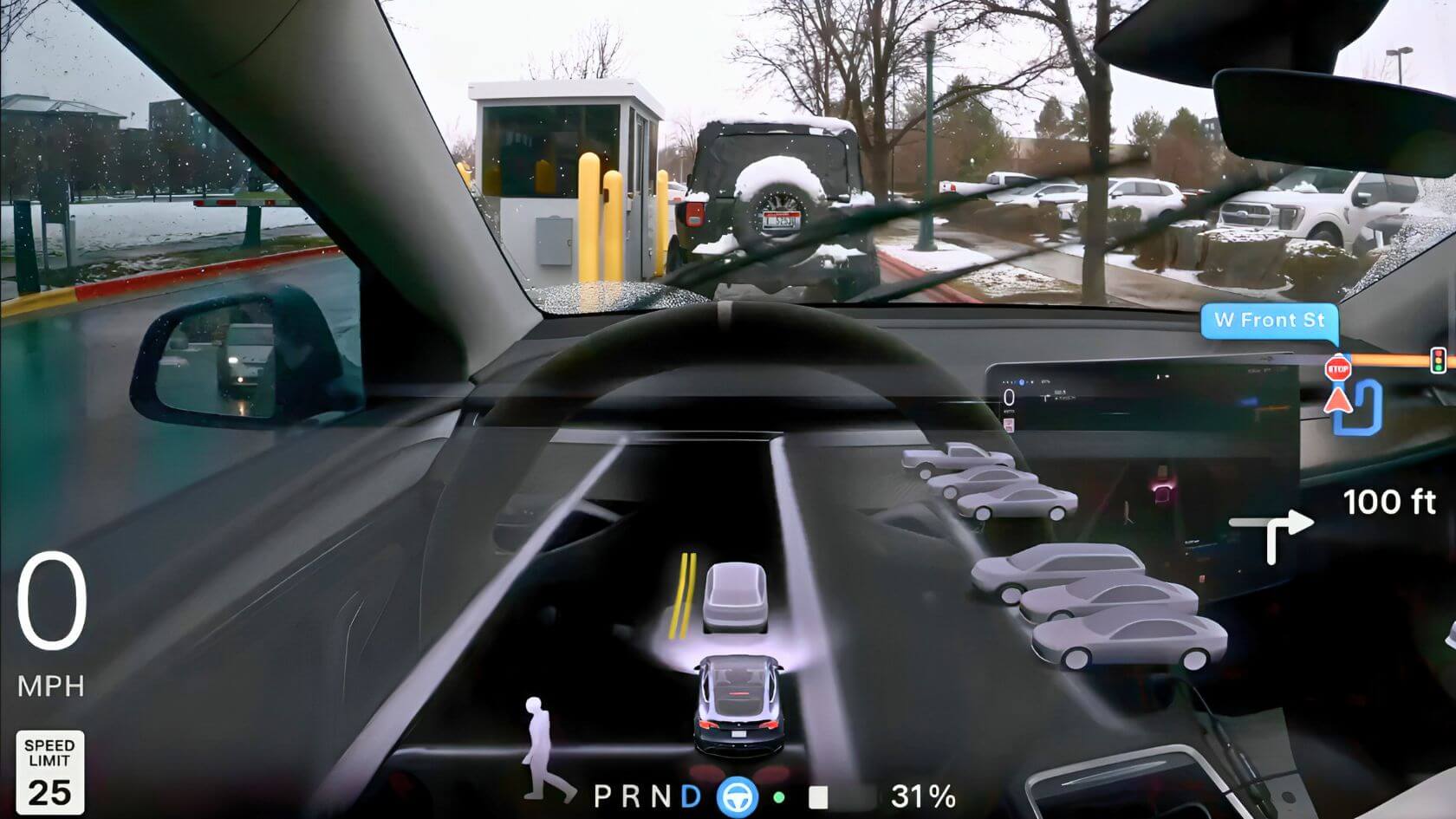
The Challenge of Toll Booths
The distinctive operational challenge of autonomous vehicles occurs at toll booths. The system needs three abilities: precise speed regulation, location understanding, and choice-making abilities. The drivers need to control their speed for safe navigation in restricted lanes until they reach an exact position where they can make toll transactions. Autonomous systems need to perform this procedure with advanced capabilities because humans easily handle this common task.
FSD 13.2.6 handles toll booth, stopping at the window and even pulling closer so I can hand him my ticket (watch the steering wheel)
pretty unbelievable stuff pic.twitter.com/RNIMKnbnki
— ΛI DRIVR (@AIDRIVR) February 3, 2025
As per a video posted by user @AIDRIVR on X ( formerly Twitter), the FSD v13.2.6 version from Tesla achieves driving precision equivalent to expert human driving while operating at the same high level of smoothness. Tesla has achieved major progress in its neural network training and sensor integration combined with real-world data processing which allows their system to smoothly navigate toll booths effectively.
Now once the vehicle has slowed down, the FSD v13.2.6 integrates a toll booth approach function that allows for gradual speed reduction. v13.2.6 replicates authentic human driving traits since it handles braking steps much better than preceding versions of the software. From a distance, the system detects toll booths through radar ultrasonic sensors and cameras and automatically calculates the speed reduction needed for a smooth toll safety approach.
The safe braking system performs a gradual reduction of speed because safety is as important as driver comfort. Safe achievements happen as the system uses controlled braking routines to protect against accidents on the rear and prevent surprises for drivers ahead. Tesla demonstrates its dedication to constructing an automated driving system with human capabilities by including this subtle but important feature.
Another key capability of the FSD v13.2.6 toll booth navigation system allows it to stop precisely at the window. The task of precise stopping at toll booths is not trivial since distances that are too long or too short make it hard for drivers to communicate with operators and machines. FSD v13.2.6 stops at the ideal position each time thus presenting the best beginning and end to toll booths.
The technology reaches its high accuracy mark by uniting advanced sensors with learning AI algorithms. In real-time the system updates its toll booth location assessment to achieve accurate final stops. The vehicle performs these accuracy standards beyond what humans could achieve in driving.
Conclusion
The Tesla FSD v13.2.6 demonstrates advanced technological innovation along with displaying modern transportation’s forthcoming direction. The improvement of autonomous driving technology will turn toll booth navigation into a standard operation. The way Tesla smoothly handles multiple obstacles in the video demonstrates its position as a leader in the revolution toward autonomous driving vehicles as the standard in the transportation industry.




